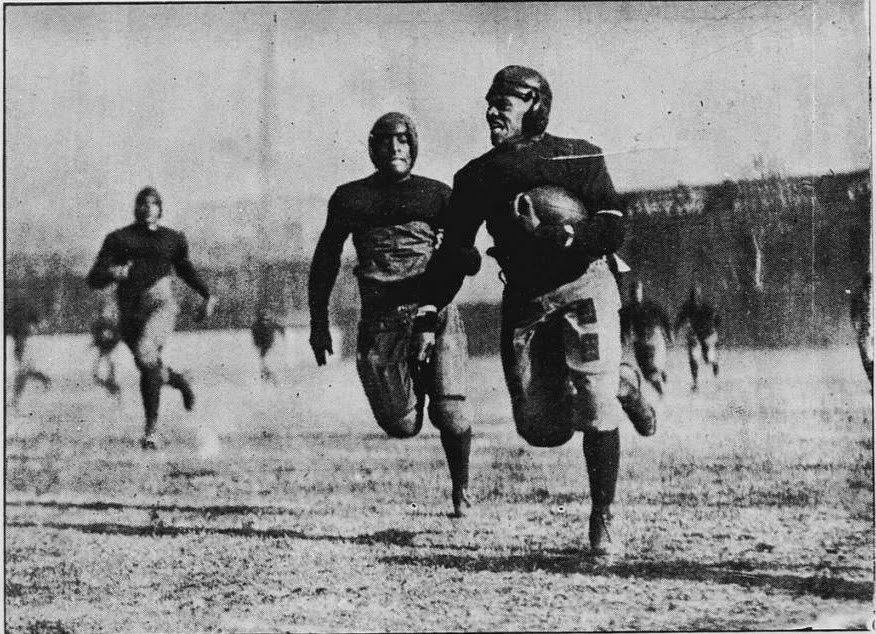The sports world of the 1920s was dominated by college football. The Four Horsemen of Notre Dame, Bronko Nagurski and Red Grange were among some of the mythical legends that dominated headlines then, and still live on nearly 100 years after they departed their alma maters.
Meanwhile, players like Lincoln University’s Alfred “Jazz” Byrd have been forgotten by time, even at their alma maters.
Black College Football was our national pastime
Unlike today, where HBCUs are an after-thought athletically, black college sports were once-big ticket items. Ray Schmidt writes:
“During the 1920s black college football had served as a bonding influence for black society; one that provided a sense of belonging for black students and alumni who all too frequently were reminded of the racial inequalities that marked much of the mainstream culture. The black students and black community reveled in the parallel football world which their schools created— one which provided all the excitement, glamour, social, and prestige possibilities that were to be found in the mainstream brand of intercollegiate football.
This was the setting that Franz Alfred Byrd found himself walking into when he entered Lincoln University in the fall of 1921. Not much is known about how he landed there, as there was no 24-hour news media back then, and even if their had been, they would not have tracked “colored” student-athletes.
At the time, Lincoln was considered one of the elite schools for African-Americans, both academically and athletically. In those days, Lincoln, Howard and Hampton were seen as the black equivalent to The Big Three of Harvard, Yale and Princeton. In fact, no game was bigger at the time than Lincoln and Howard’s Thanksgiving Day matchup, often referred to as “The Classic.”

One thought on “The Black Red Grange: Black College Football’s Forgotten Legend”